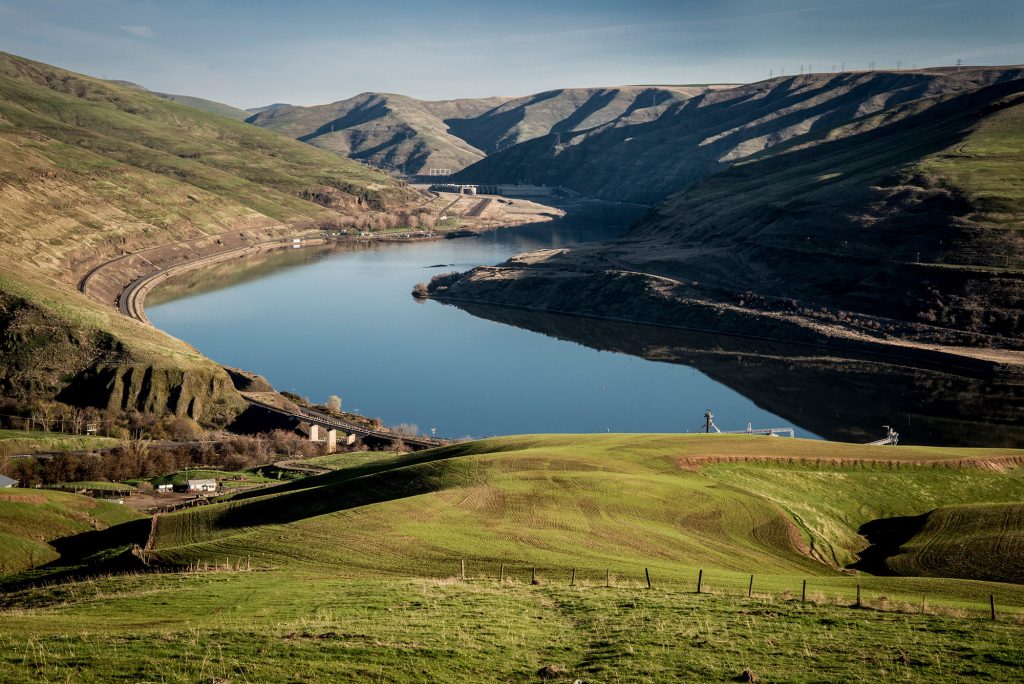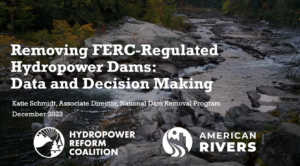Snake River salmon and steelhead remain on the brink

Steelhead and salmon returns to the Snake River basin in Idaho and Oregon continue to dwindle, and the fish are on a path toward extinction. Josh Duplechian photo.
Taxpayers have invested $17 billion with no measurable results
Editor’s note: Today is Endangered Species Day, the perfect day to shine light on perhaps the largest crisis facing salmon and steelhead in the Lower 48.
By Eric Crawford
Enacted by Congress in December 1973 and signed into law by President Richard Nixon, the Endangered Species Act was recognized at the time as a turning point for species and the ecosystems they depend on through protection and conservation. Today, we celebrate the creation of the ESA … it’s Endangered Species Day.
In American culture, being on a “list” is often touted and recognized with admiration and associated achievement. Take for example your child’s name on the National Honor Society’s list or maybe the dean’s list or your company appearing on the Fortune 500 top earning list — all widely recognized as profound achievements.
As a species, being designated as a “candidate” or worse yet, making the cut as “threatened” or “endangered” under the Endangered Species Act is no honor, nor is there any sense of achievement in such a designation. Instead, it’s a sure sign that humanity has failed the species in every sense of the word.

The hydroelectric system on the lower Snake River has transformed the Snake into a series of slack-water reservoirs. Josh Duplechian photo.
At the same time the ESA was being developed so, too, was the lower Snake River hydro system. As a portion of the Federal Columbia River Power System, the lower Snake River hydro system and it’s four dams created 140 miles of slack water. Since the dams’ completion in 1975, the complex has proven to be more than salmon and steelhead in the Snake River system can tolerate. Mortality through the 140 miles of out-migrating salmon and steelhead smolts is approximately 50 percent, while adult returns fair better, they are often subjected to lethal water temperature and often get stuck in the reservoirs the dams have created.
The first species of salmon in the Snake River basin recognized for listing under the ESA was sockeye salmon, in 1991. It was designated as endangered, followed by spring/summer and fall chinook in 1992 and summer run steelhead in 1997 (threatened).
We’ve had 30 years to get these species recovered. More than $17 billion has been spent mitigating the impacts of the lower Snake River hydro system in numerous forms. From habitat improvement, modification of the dams themselves and increased flows to widespread predator management and intense scientific study, the river’s salmon and steelhead are still on the Endangered Species List with no delisting in sight.
For a little clarity, “endangered” means a species is in danger of extinction throughout all or a significant portion of its range. “Threatened” means a species is likely to become endangered within the foreseeable future. Today, all four species remain list under the Endangered Species Act with no significant movement toward delisting. Instead, there is very real potential for redesignation from threatened to endangered. And make no mistake about it — salmon and steelhead in the Snake River system will very likely go extinct if something isn’t done to make it easier for them to get to and from the ocean.
As noted above, we’ve failed these species. We’ve had 30 years to get these species recovered. More than $17 billion has been spent mitigating the impacts of the lower Snake River hydro system in numerous forms. From habitat improvement, modification of the dams themselves and increased flows to widespread predator management and intense scientific study, the river’s salmon and steelhead are still on the Endangered Species List with no delisting in sight.
The one interesting nexus in this conundrum is this: Congress enacted the ESA, Congress enacted the FCRPS and Congress can undo the harmful impacts of the lower Snake River system. Contact your representatives in Congress today, let them know you support Snake River basin salmon and steelhead and U.S. Rep. Mike Simpson’s proposal to remove the four lower Snake River dams, creating once again a free-flowing river where salmon and steelhead swim unfettered to and from the ocean.
Eric Crawford is the north Idaho field coordinator for Trout Unlimited’s Angler Conservation Program.
The post Snake River salmon and steelhead remain on the brink appeared first on Trout Unlimited.


